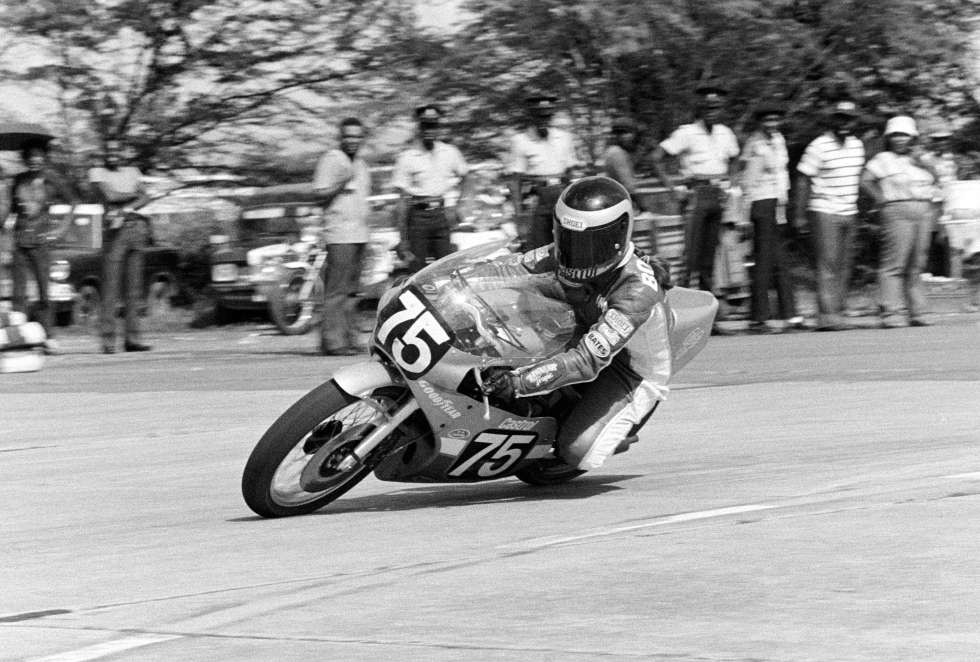On the road, more and more women ride motorbikes, but on the track they have completely disappeared. Yet, in the past, there was a big spark: “At the time I thought I would pave the way for other women”: today, at 74 years old, the American Gina Bovaird remains the only woman to have started a Grand Prix in the premier class – in 1982 – at the French GP in the 500 class, the forerunner of MotoGP. So in 2024, the world championship that starts this weekend in Qatar, will not have any women at the start, whether in MotoGP, Moto2 or Moto3. The Spanish Maria Herrera will be the only representative competing in the MotoE world championship (the electric one) because Ana Carrasco, Moto3 rider until last year, has withdrawn this year. “This absence – explains Carrasco – is mainly due to the fact that reaching the elite of the world championship is difficult for anyone, but if there are not many girls in the minor categories, it is difficult to see them at the highest level”.
Other attempts were those of the Finnish Taru Rinne who raced in the 125 class world championship from 1987 to 1991 (and in 1988, with a 14th place she was the first woman to score points in the world championship), then those of Tomoko Igata who raced in the 125 class between 1992 and 1995 (with a seventh place she achieved the best placing for a woman) and then our Daniela Tognoli who in 1993 and 1994 contested 9 Grands Prix in the 125. But in the MotoGP world championship apart from the Italian Trophy Daniela put all the riders behind her men. To date, in any case, the Spanish Ana Carrasco remains the only woman to have won a world motorcycling title – in 2018 in the Supersport 300, a championship that uses bikes similar to the series. Then, nothing more.
But motocross – which already has its own women's championship – is currently leading by example, with 10% of license holders in 2023 will be women, compared to just 1.5% on circuits last year, according to data from the Fédération Internationale de Motocyclisme (FIM).
“There are no obstacles or reasons” that can justify this low percentage, apart from the fact that the world of motorcycling is still “very dominated by men”, says Janika Judeika, head of the FIM Women's Commission. To increase their visibility – and their chances of building a viable professional career – the FIM and the promoter of the MotoGP championship are launching the first women's motorcycle speed championship this year with 24 professional riders – including Ana Carrasco – competing will compete for the world title. “The idea is to offer women opportunities to grow and perhaps one day compete in Moto3 or Moto2,” explains the head of the commission.
Sometimes criticized as a false good idea, the principle of an all-female championship has never met with unanimity in the world of motor racing, where women can generally compete against men, unlike in other sports. In single-seater racing, German Formula 3 driver Sophia Floersch is one of the leading dissidents on the topic.
“At university, men and women study together because it's normal. It should be like this in our sport too… Why create a series just for women?”, you asked last year about the F1 Academy, the latest single-seater competition dedicated to women.

From a medical point of view, “the regulations make no difference between men and women,” explains David MacManus, Chief Medical Officer of the FIM. “It's a fact that women are not as physically strong as men,” he adds. “Men, due to their genetic heritage, tend to be stronger and have greater physical resistance. So, in competition, women are potentially at a disadvantage, but some of them participate in various championships without problems,” he underlines. A point of view not entirely shared by Pierre Ortega, president of the medical commission of the FFM, the French Motorcycle Federation: “The problem – he explains – arises when you move to higher categories with larger engines that require more testosterone”. Motorcycling is therefore a mixed sport, but “up to a certain level”, according to the Frenchman. Even though the question has never been resolved by science, Gina Bovaird tells France-Presse that she was faced with this lack of power: “I didn't have the strength to turn the bike in a narrow chicane” – she recalls – “but I was lighter than most of the other riders, which gave me an advantage.”
#March #world #championship #begins #women #FormulaPassion.it